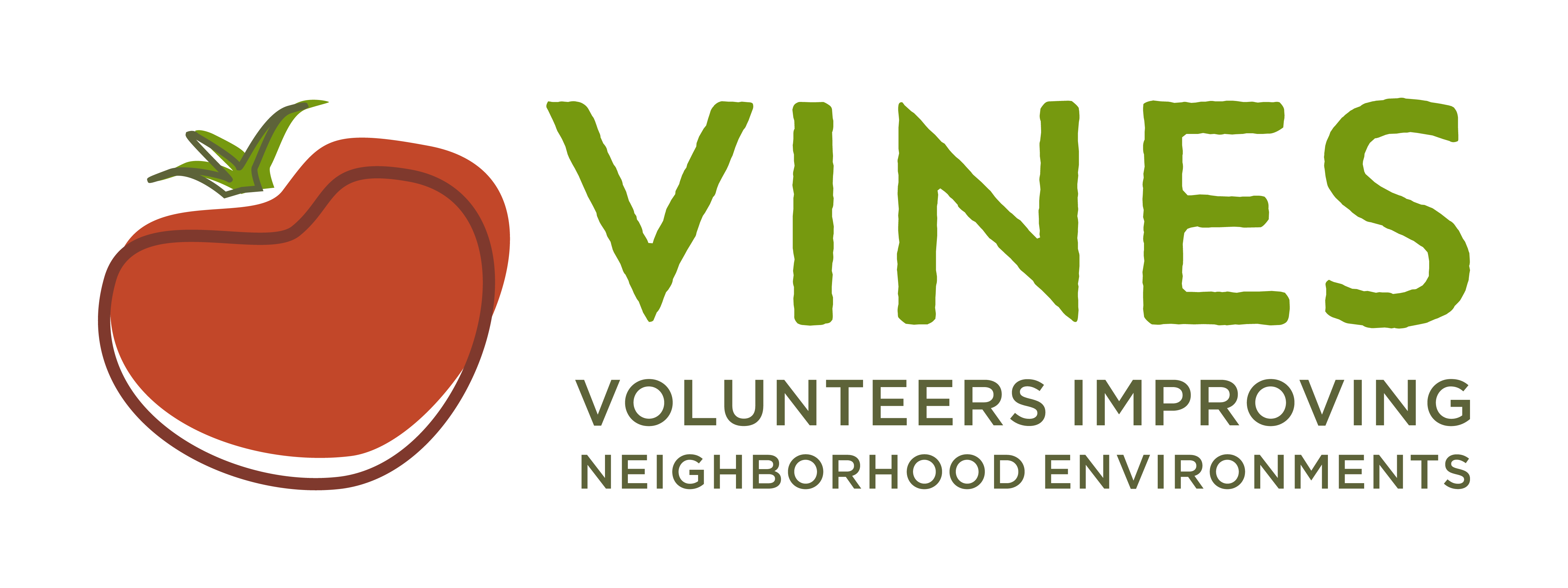As the weather warms up, we see life springing up all around us. While it is beautiful to see, this also means we must start dealing with one of the biggest challenges for gardeners – garden pests. There are many pests that affect our gardens – common pests in our area include deer, woodchucks, mice, squirrels, and bugs like slugs, aphids, flea beetles, whiteflies, squash bugs, and cabbage worms.
Pests can be a bit overwhelming to deal with, but there are many ways to keep pests away. In coming posts, we’ll talk about specific pests and ways to deal with them, but for now, we want to introduce you to Integrated Pest Management, or IPM for short.
Integrated Pest Management sounds fancy, but it really just means combining the best, safest pest management methods to fight pests.
Some people think of pest management as simply using chemicals to kill pests, but there are many other ways that are safer for people, plants, and animals. We will give more detail about dealing with specific pests throughout the season, but here’s a few common IPM practices to keep in mind for dealing with pests in your garden:
- Identify – The first step in preventing pests is to identify which pests are a problem in your garden. You can’t stop it if you don’t know what it is! Cornell Cooperative Extension has many resources for identifying pests, but when in doubt, ask a fellow gardener or farmer! Most pests we see in our area have been here for years, and an experienced grower will be able to help you identify it, and may even be able to give you some ideas to deal with it.
- Weeding – Weeds can provide habitats for garden pests to hide and live in – by keeping your garden free of weeds, you reduce the amount of space for them to hide, and it will be easier to see the pests if they begin to affect your plants.
- Fencing – For bigger pests, like deer and woodchucks, you can fence off your garden area so animals won’t have access.
- Biological control – Biological control simply means using the predators that already exist in your garden to fight the pests. Common predators in our area include ladybugs, dragonflies, spiders, snakes, and birds. Some people may try to rid their gardens of these predators because they are “scary”, but really, they are a gardener’s best friend! We are lucky to live in an area where most snakes and spiders don’t cause much threat to humans – it is important for any gardener to know which poisonous snakes and spiders live in their area, but if they aren’t a danger to you, let them be! The easiest way to deal with pests in our gardens is to let nature take care of it!
- Cover – You can cover plants as soon as they start growing, that way the bugs never get a chance to get it. Many farmers and gardeners use something called “floating row cover”, since it is lightweight and lets light and water through, but you can use a very light, thin sheet and get the same results.
- Traps – There are many traps for different types of pests, like yellow sticky traps for aphids and mouse traps. Be very careful with traps however – you don’t want to trap beneficial predators, or other animals in the area.
- Pesticides? – Pesticides are things that kill or repel pests, and should only ever be used as a very last resort. Even “organic” pesticides, like diatomaceous earth and dish soap, can have negative effects. There is no way to target one pest with a pesticide – if it kills one thing, it will kill something else, like your beneficial insects. For small scale gardening, pesticide use should be avoided completely. There are much safer ways to control pests.
These are just some of the ways to control pests, and combining them together into an Integrated Pest Management plan will help your garden thrive!
